8 Vegetables to Plant in September for a Harvest That Lasts From Fall Through Spring
Fall is the typical time for harvesting many crops, but there are plenty of vegetables to plant during September for a tasty bounty in winter and spring.
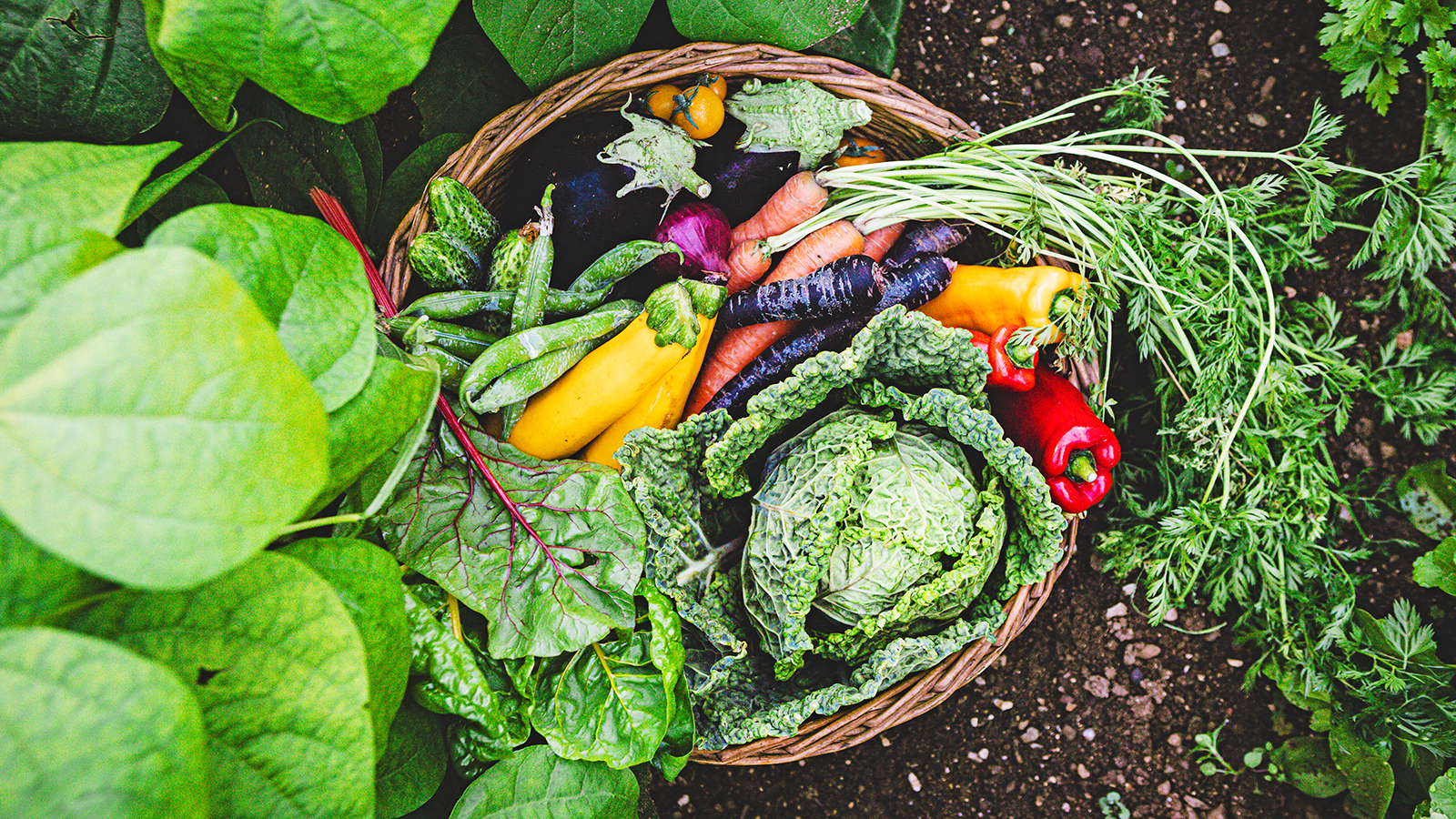

I truly love growing my own produce. There’s something so exciting and fulfilling about watching the plants mature, spotting the first signs of the vegetables forming, and then pondering what dish you plan to include them in. As my love of gardening has grown over the years, so has my vegetable patch, and I’m hoping to expand it again this autumn to ensure I have some fresh food to enjoy come winter and spring.
September may not at first sound like the best time to start a vegetable garden, as winter is only around the corner, but it’s actually a great way to establish growth before colder weather hits, as well as reduce the amount of spring planting.
Here are some of the most reliable vegetables to plant during September. Direct sow seeds now, and these vegetables will be hardy enough to survive over winter, so you can get a head start on growing before the new year, or they will be ready to harvest later in fall, before the depths of winter take hold.
1. Lettuce
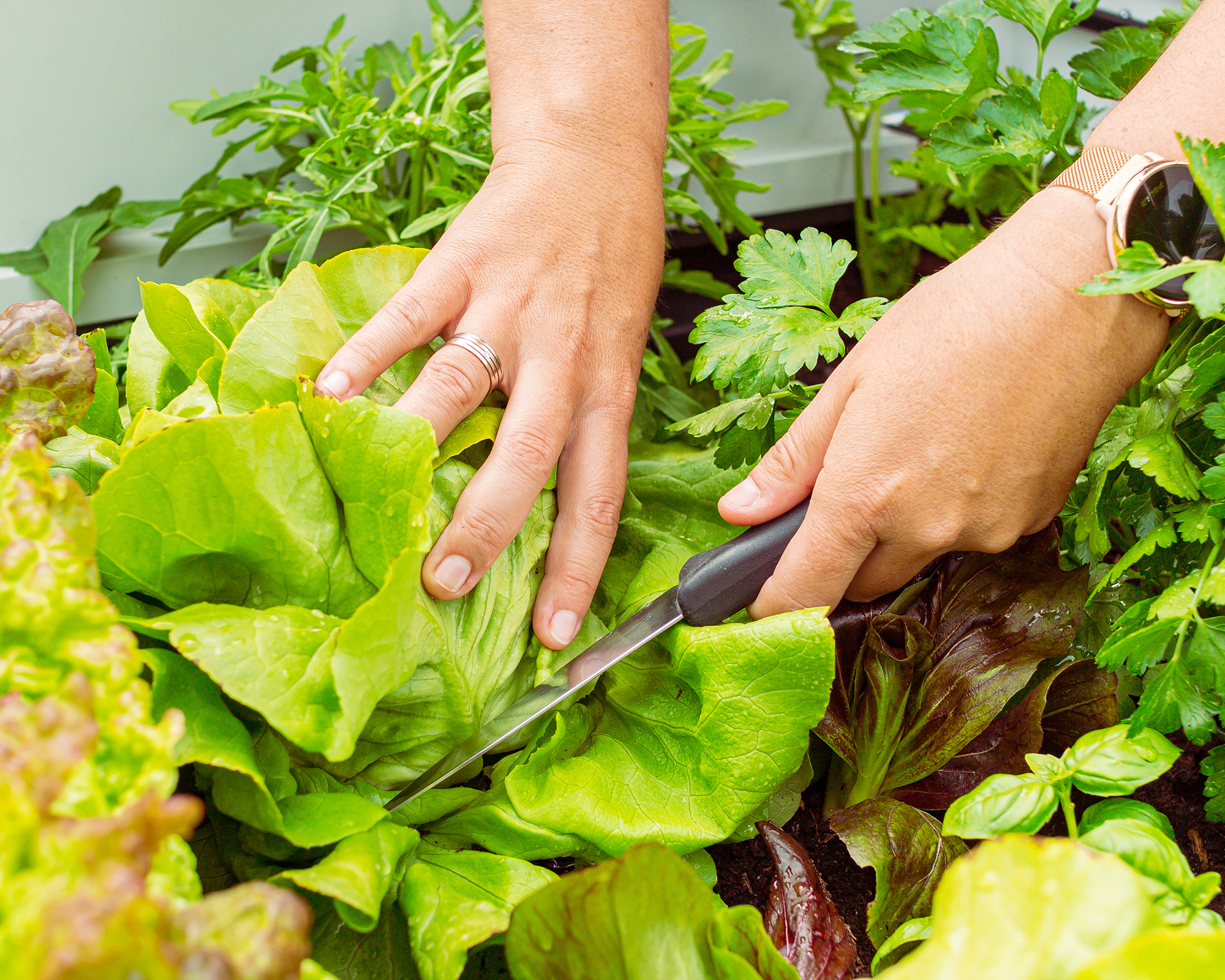
As long as you don't live in one of the coldest USDA hardiness zones, it isn’t too late to get in a crop of lettuce before the year comes to a close. For the best results, it’s recommended to opt for romaine lettuce or loose-leaf varieties like Black Seeded Simpson, as these have a better tolerance for the cold as well as grow faster. Both are included in this Home Grown 5 Lettuce Seed Pack from Amazon.
Reese L. Robbins, founder of Just Pure Gardening, shares, “Lettuce loves September’s cooler days and grows quickly before frost hits. In milder climates, lettuce can still survive with some protection, so long as you’re mindful. You can expect to enjoy full heads of lettuce in 45-55 days, or baby greens in around 3 weeks.”
Using a protective cover, like the Agfabric Plant Covers from Amazon, would be ideal for overwintering your lettuce. Lettuce was the most successful crop in our garden this summer, so I'm planning to plant more and get one of these in case the weather snaps.
2. Garlic
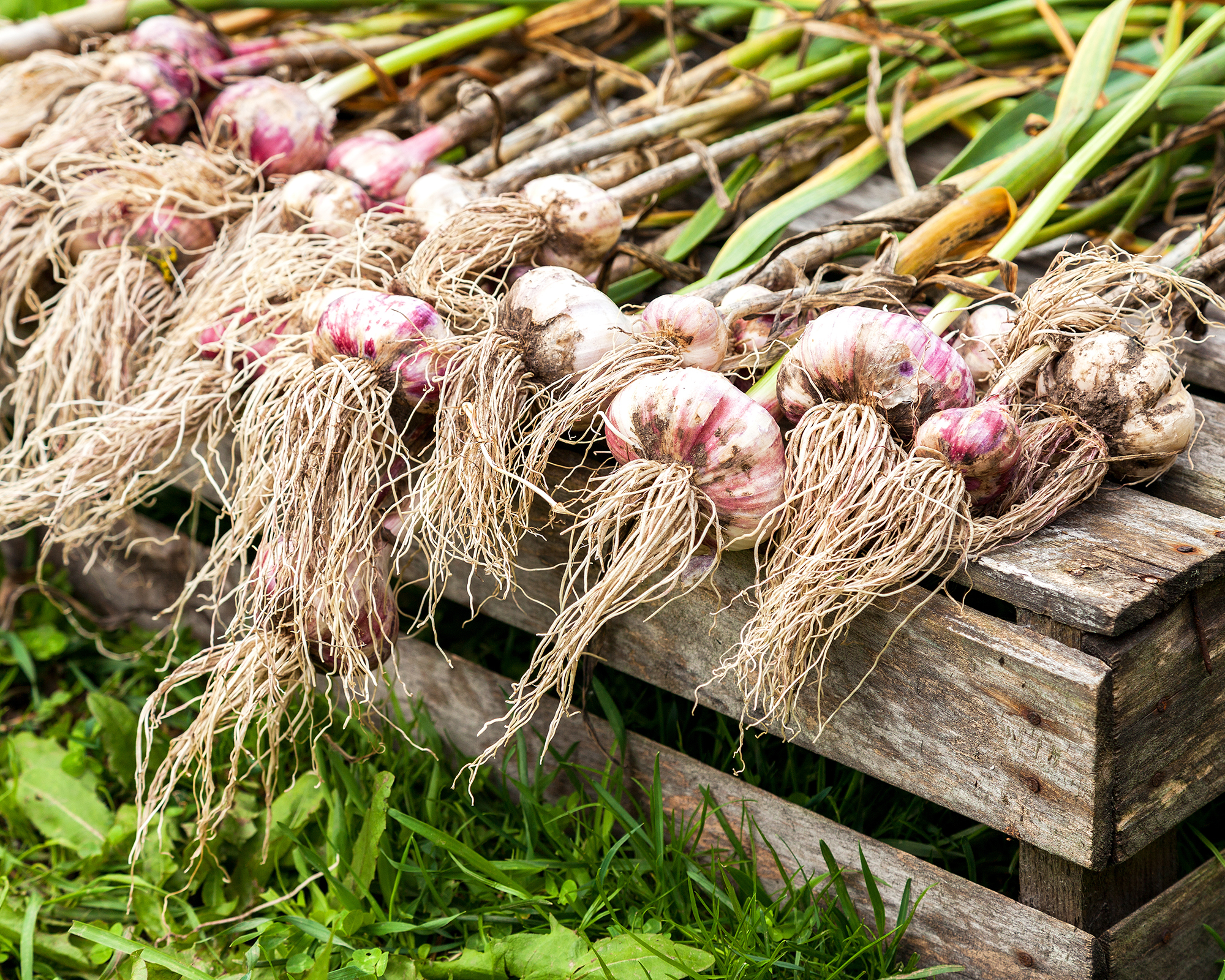
Hearty soups, mouth-watering pasta, and tasty garlic bread could be on the cards for you next summer if you begin planting garlic in early September. Being hardy in most hardiness zones with proper care, it’s a great addition to any vegetable garden that’s spacious enough to keep bulbs six inches apart in the ground.
Sign up for the Gardening Know How newsletter today and receive a free copy of our e-book "How to Grow Delicious Tomatoes".
Burpee stocks a huge selection of garlic varieties to grow.
“September is a good time to plant garlic because fall planting allows its roots time to establish before winter,” says Reese. “Zones 3-9 are where they tend to grow best, but in cooler zones, they can survive well with a plant cover. Simply plant cloves two inches deep and six inches apart, with the pointed end up so they grow in the right direction. Mulching heavily after the first frost can help to keep the bulbs protected from rot.”
The Back to the Roots Organic Premium Mulch from Amazon is a prime pick, filled with natural wood to help retain soil moisture without letting roots become waterlogged.
3. Arugula
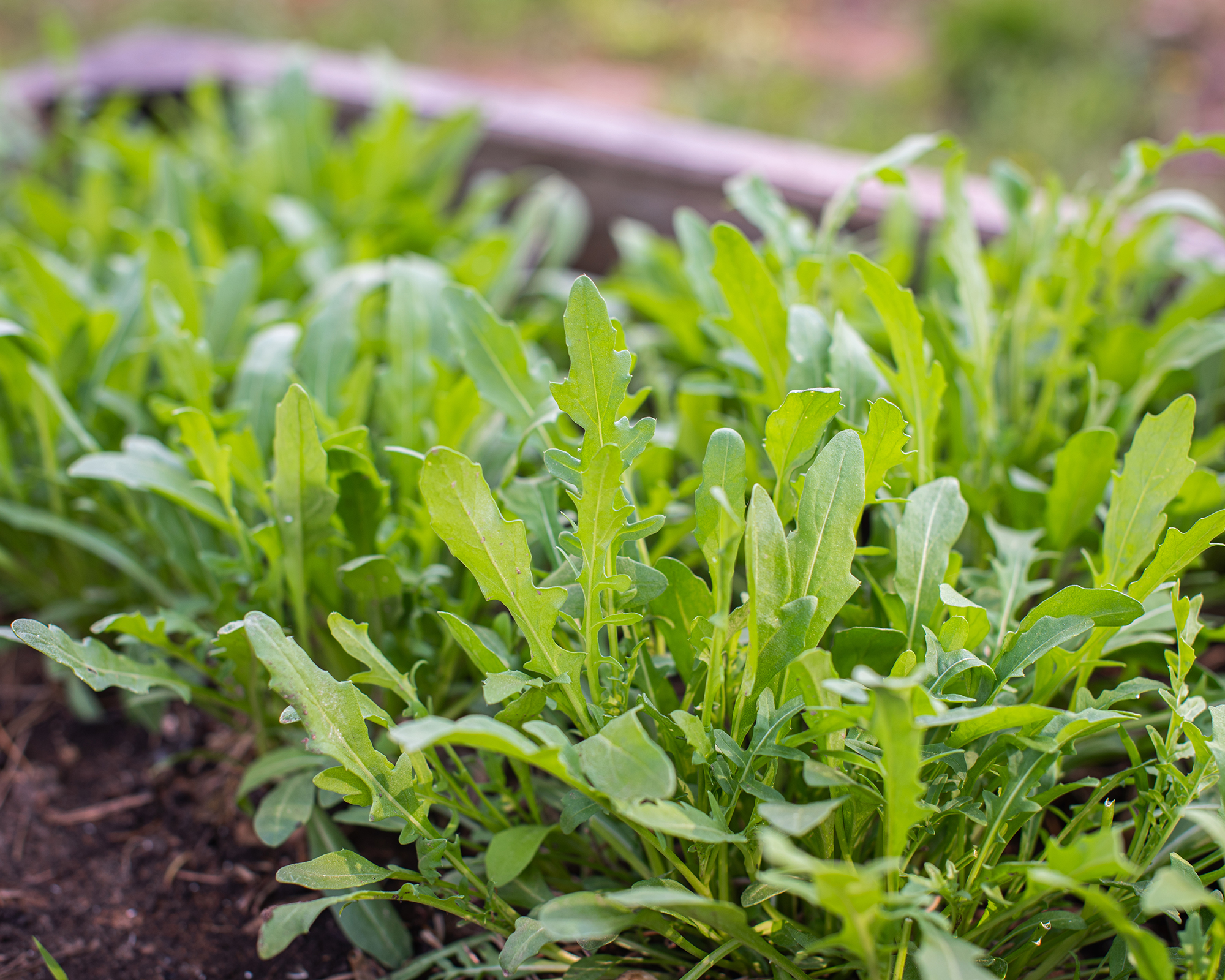
In the US, you can plant arugula seeds outdoors in zones 2 to 11 throughout early spring into fall, but September is one of the best months of the year to choose for a late autumn or early winter harvest. These Home Grown non-GMO Arugula Seeds from Amazon are ideal.
As a cool-season vegetable, arugula won’t mind the fact that the heat of the sun is beginning to shift. It will actually prefer it and produce healthier leaves.
Jodi Danyo, owner of Cherry Valley Organics, says, “Vegetables seeded in September need to have a short season to harvest and thrive as days are getting shorter and temperatures are cooling. Arugula is one of my top picks for September planting because after planting the seeds, you’ll be eating fresh produce in three to six weeks."
Despite temperatures dropping, it’s still recommended to keep your arugula crops in full sun to make the most out of the natural light as possible. If you’re unsure whether your arugula is receiving enough sunlight, I suggest trying out a gadget that will clearly tell you, like the EVO-20 DLI Light Meter from Amazon. The device will specify whether your plant is in full sun, partial sun, partial shade, or shade, so you can adjust your planting accordingly.
Try sticking it into the soil in a few different areas before planting to figure out where would be best for your arugula to live happily.
4. Mustard Greens

Mustard greens categorically do not grow well in the summer. As a cool-weather crop, the high heat of summer can cause the plant to wither, or if it does grow, it’s likely to produce seeds that are of poorer quality and have a bitter taste.
September is a great time for mustard seeds to thrive, though, as the weather will be beginning to cool as the plant matures, but the soil hasn’t begun to freeze, which could harm the seeds.
“Mustard seeds are a fabulous choice for September planting if you’re living in zones 2 through 11,” says Jodi. “My favorite varieties to grow at this time of year have to be Red Giant and Golden Frills. They both produce beautiful foliage.”
You can purchase Golden Frill mustard seeds and Red Giant mustard seeds from Walmart.
5. Cabbage
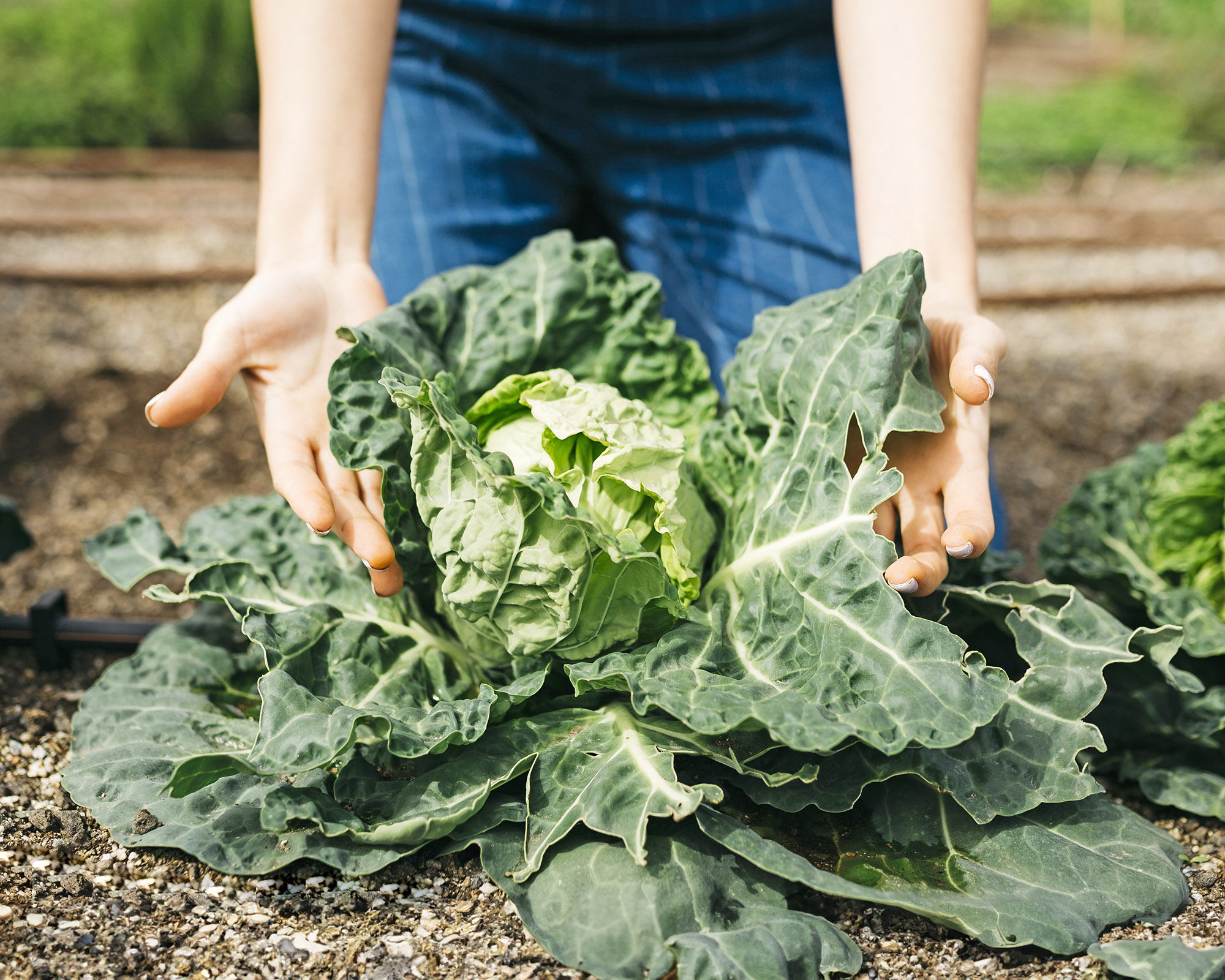
Cooling September weather is exactly what cabbage adores. Being incredibly cold-hardy and not too strenuous to grow, it can be grown in nearly every USDA hardiness zone across the United States.
Edwin Dysinger, co-founder of Seedtime, says, “If you can get transplants into the ground during the first week of September, you should have some ready to harvest by the end of November or in early December. Early Jersey Wakefield is my top pick for September planting as it takes less time to reach maturity, so you may have cabbage ready even sooner in the year.”
The Everwilde Farms Jersey Wakefield Cabbage Seeds from Walmart come with 500 seeds, so be careful not to plant too many or you’ll run out of space in your plant beds!
6 & 7. Carrots & Beets

Many root vegetables, such as carrots and beets, grow well in all zones in the cooler weather of fall, and will even taste sweeter due to the shift in temperature. If you didn’t already plant up any carrots or beets in August, there’s still time in September to get in a crop ready to dish up come summer.
Lindsey Chastain, a homesteader and avid gardener at The Waddle and Cluck, says, “It’s amazing, but root crops like carrots and beets really do develop a sweeter flavor as the temperatures drop. This makes them ideal to plant now, and ready to pull up come summer or next autumn.”
Try Survival Garden Seeds' Root Vegetable Seed Collection, from Amazon, which contains 6 varieties of root vegetables to grow, including Danvers carrots and Golden beets.
8. Leafy greens
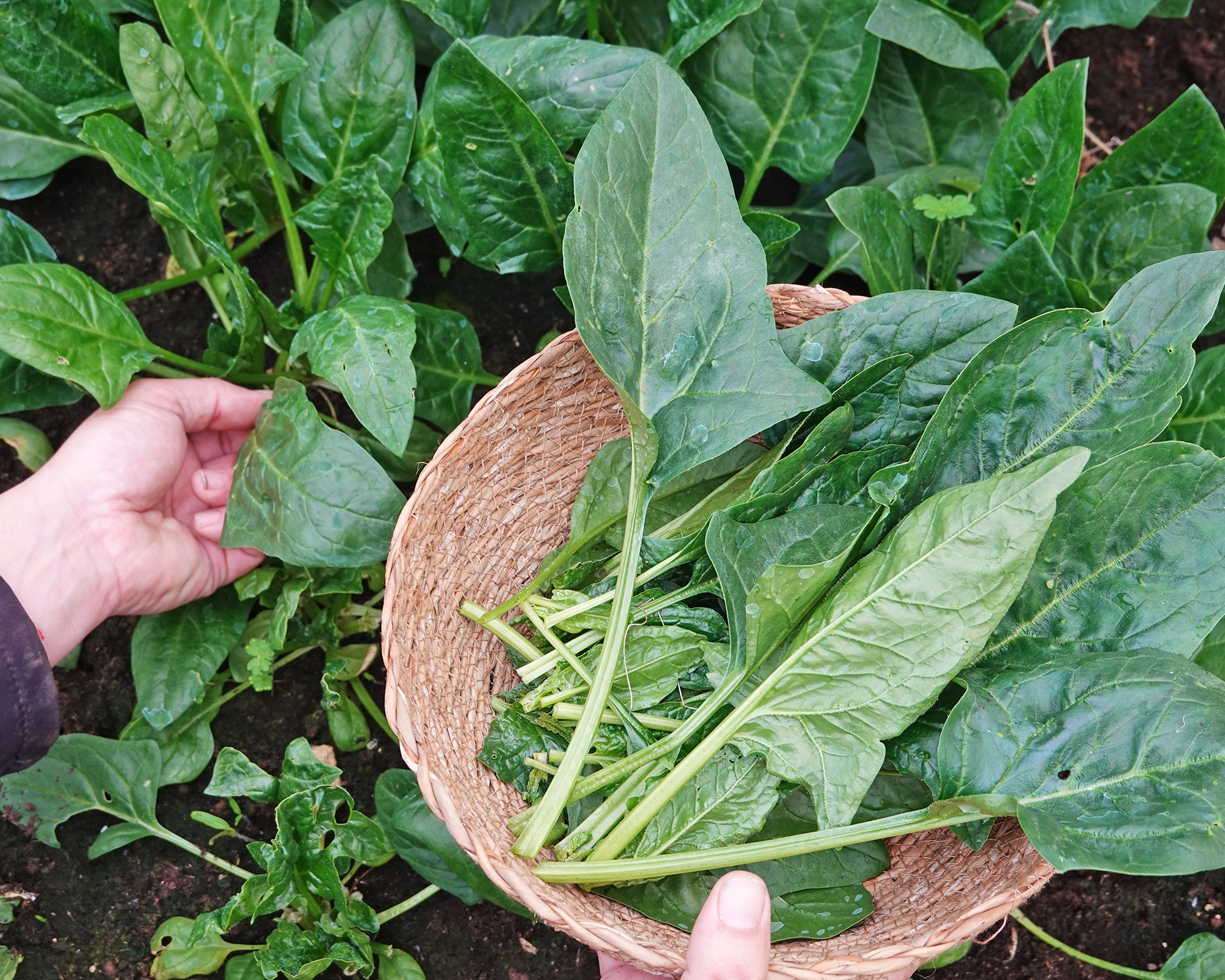
Leafy greens, including spinach and kale, also fit the bill for crops that grow abundantly when planted in September. They love the cooler weather of fall, and grow fast enough to avoid colliding with the frosty temperatures of winter altogether.
The Sereniseed Certified Organic Leafy Greens Lettuce Seeds Collection, available at Amazon, contains 10 high-performing varieties to try.
Tammy Sons, founder and CEO of TN Nursery, says, “Leafy greens like spinach and kale have quick growth rates this season in zones 3 through 9, and zones 2 through 10, respectively. They germinate in cooler weather and can provide a sweet harvest in as little as 30 to 45 days.
Jodi added an amazing tip for leafy greens to extend their growth period: “Many leafy greens can be grown and then come back again after being cut. To help them do this and extend their harvest into the winter, offer them some cold protection in the form of a cold frame, cloche, or row cover.”
The Jevrench Durable Plant Row Cover from Amazon should do the trick, plus it’s Amazon’s Choice product.

Ciéra is a writer and regional laureate with particular passions for art, nature, philosophy and poetry. As well as contributing to Gardening Know How, she's an Editorial Assistant for Design Anthology UK and has words in other titles including Homes & Gardens, Livingetc, and Apartment Therapy. When she's not writing, Ciéra can be found getting incredibly excited when her small but ever-expanding garden shows more signs of growth. She believes it's something very beautiful to be cooking with her own produce, whether it's from her yard or picking berries from the wild to turn into jams or baked goods.